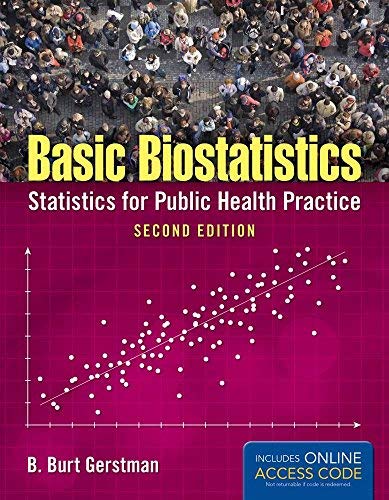Bicycle helmet use. Table 14.5 lists data from a cross-sectional survey of bicycle safety. The explanatory variable
Question:
Bicycle helmet use. Table 14.5 lists data from a cross-sectional survey of bicycle safety. The explanatory variable is a measure of neighborhood socioeconomic status (variable P_RFM). The response variable is “percent of bicycle riders wearing a helmet” (P_HELM).
(a) Construct a scatterplot of P_REM and P_HELM. If drawing the plot by hand, use graph paper to ensure accuracy. Make sure you label the axes. After you have constructed the scatterplot, consider its form and direction. Identify outliers, if any.
(b) Calculate r for all 13 data points. Describe the correlational strength.
(c) A good case can be made that observation 13 (Los Arboles) is an outlier. Discuss what this means in plain terms.
(d) In practice, the next step in the analysis would be to identify the cause of the outlier. Suppose we determine that Los Arboles had a special program in place to encourage helmet use. In this sense, it is from a different population, so we decide to exclude it from further analyses. Remove this outlier and recalculate r.
To what extent did removal of the outlier improve the fit of the correlation line?
(e) Test H0 : ρ = 0 (excluding outlying observation 13).
Step by Step Answer:

Basic Biostatistics Statistics For Public Health Practice
ISBN: 9781284067583
2nd Edition
Authors: B.Burt Gerstman





